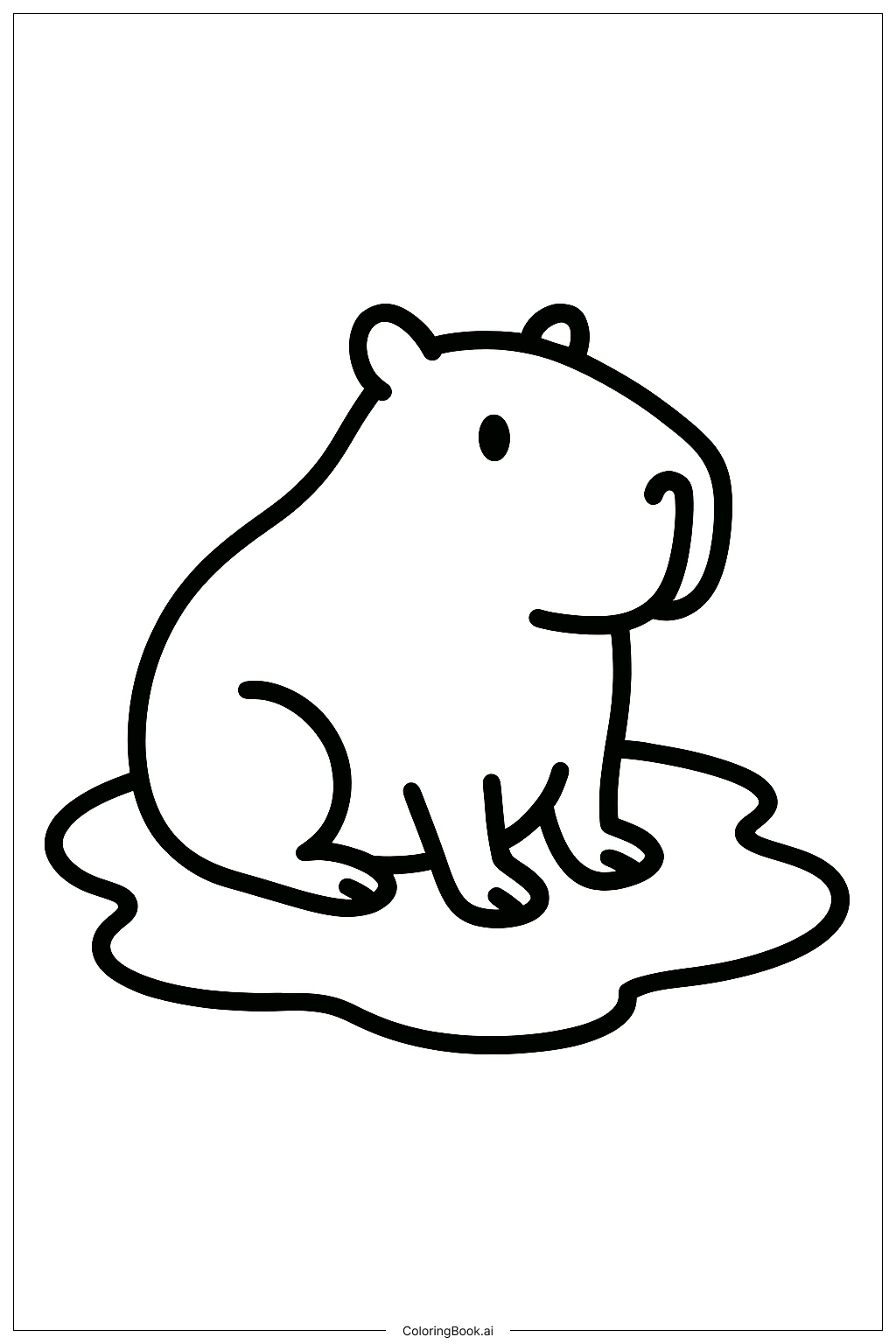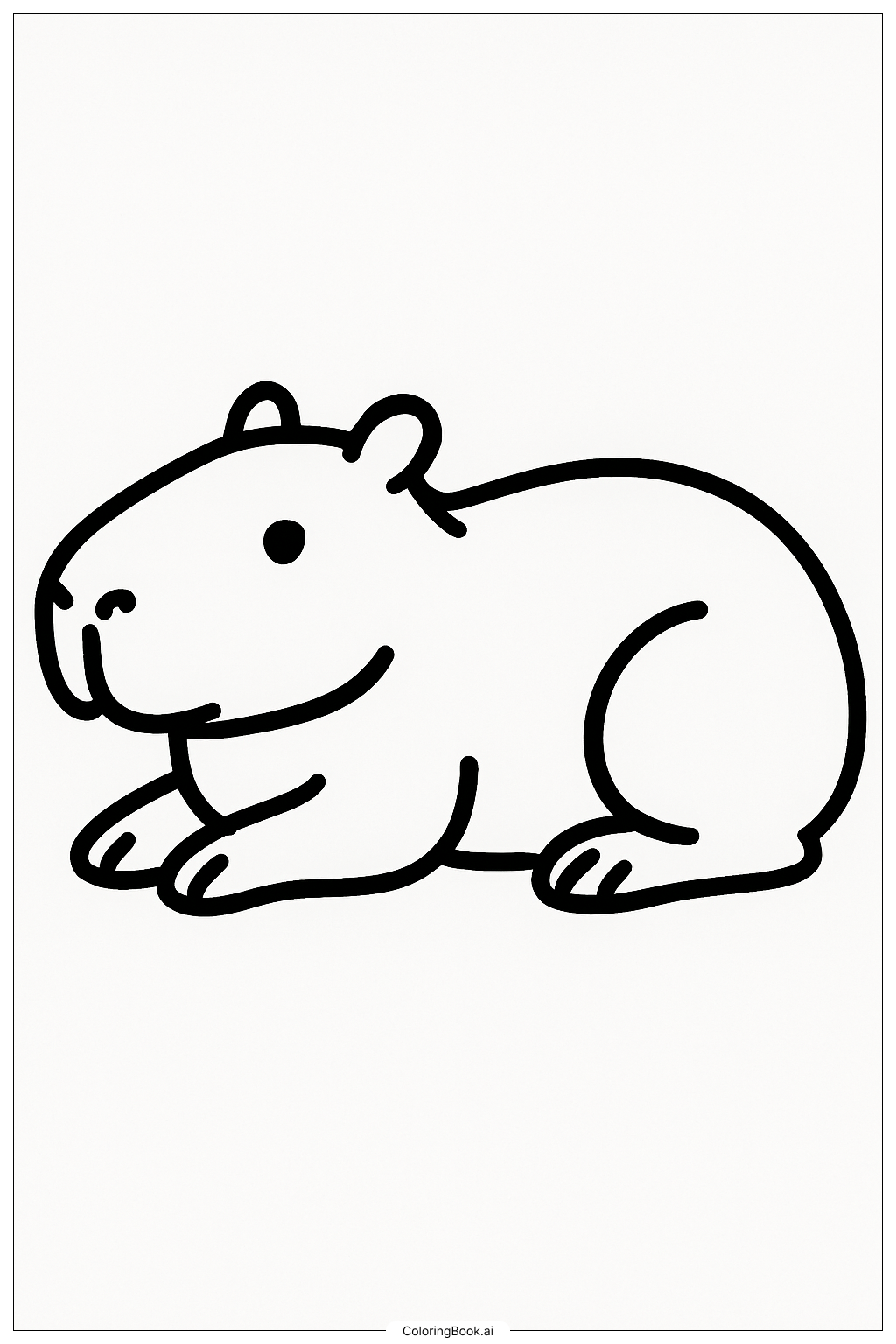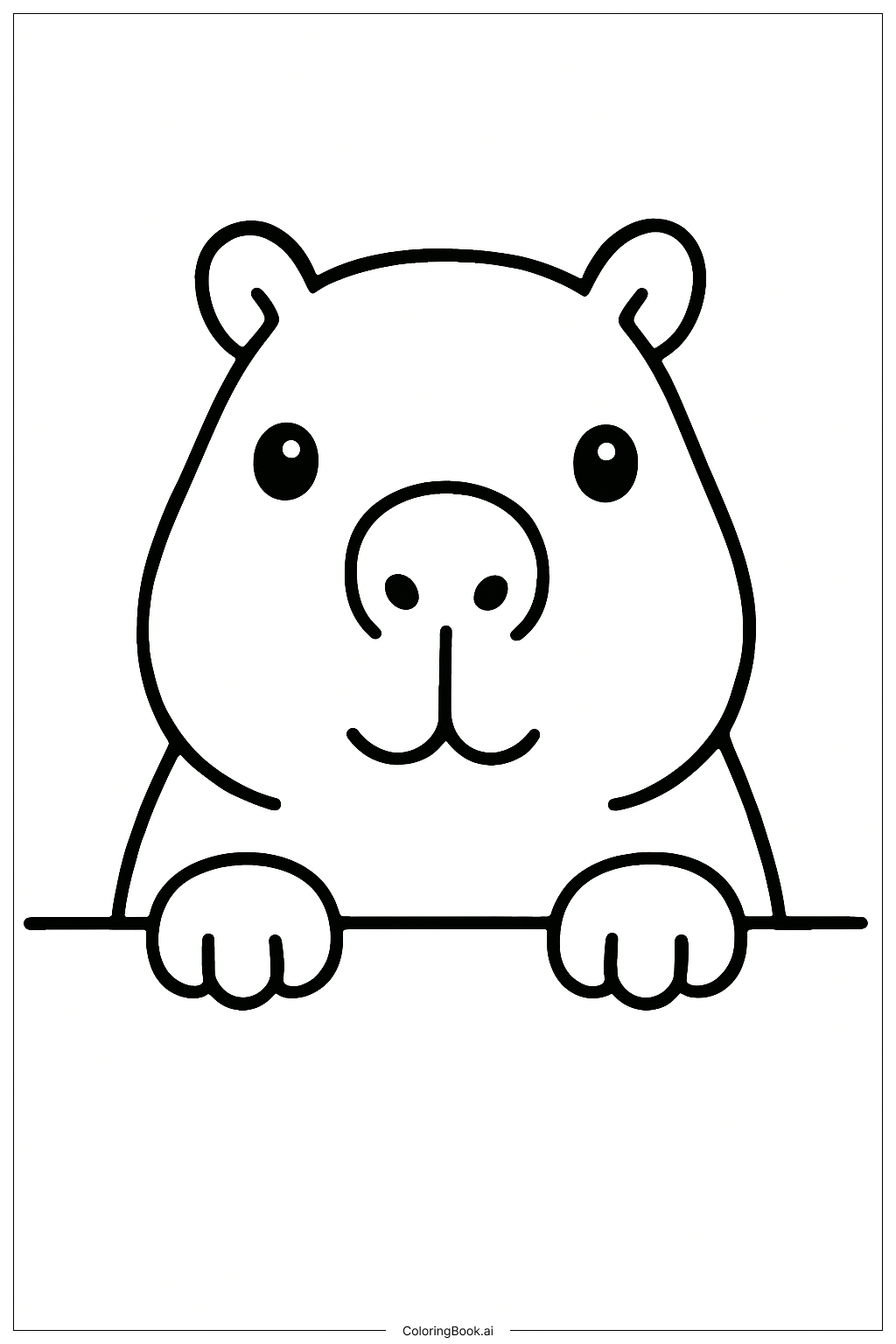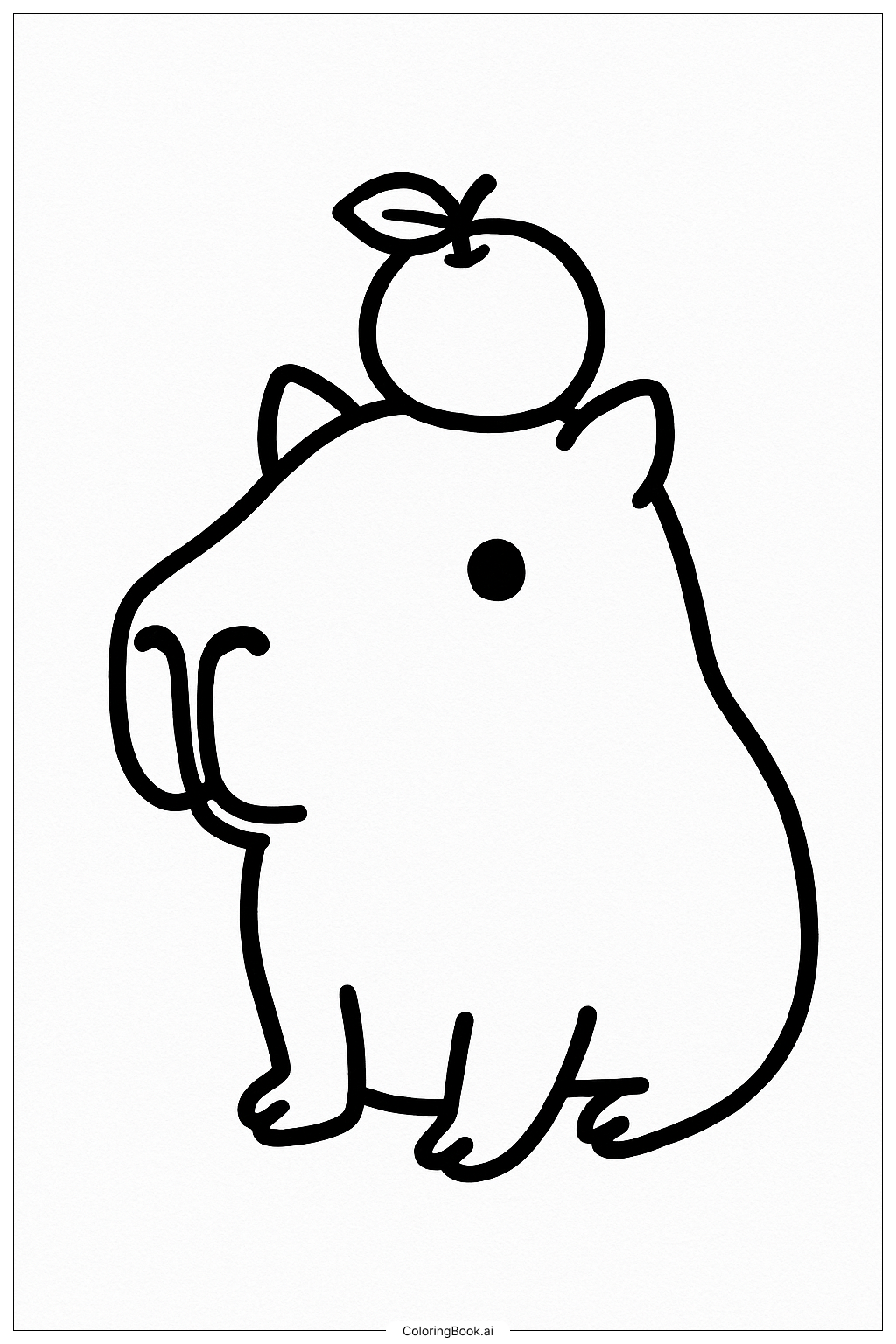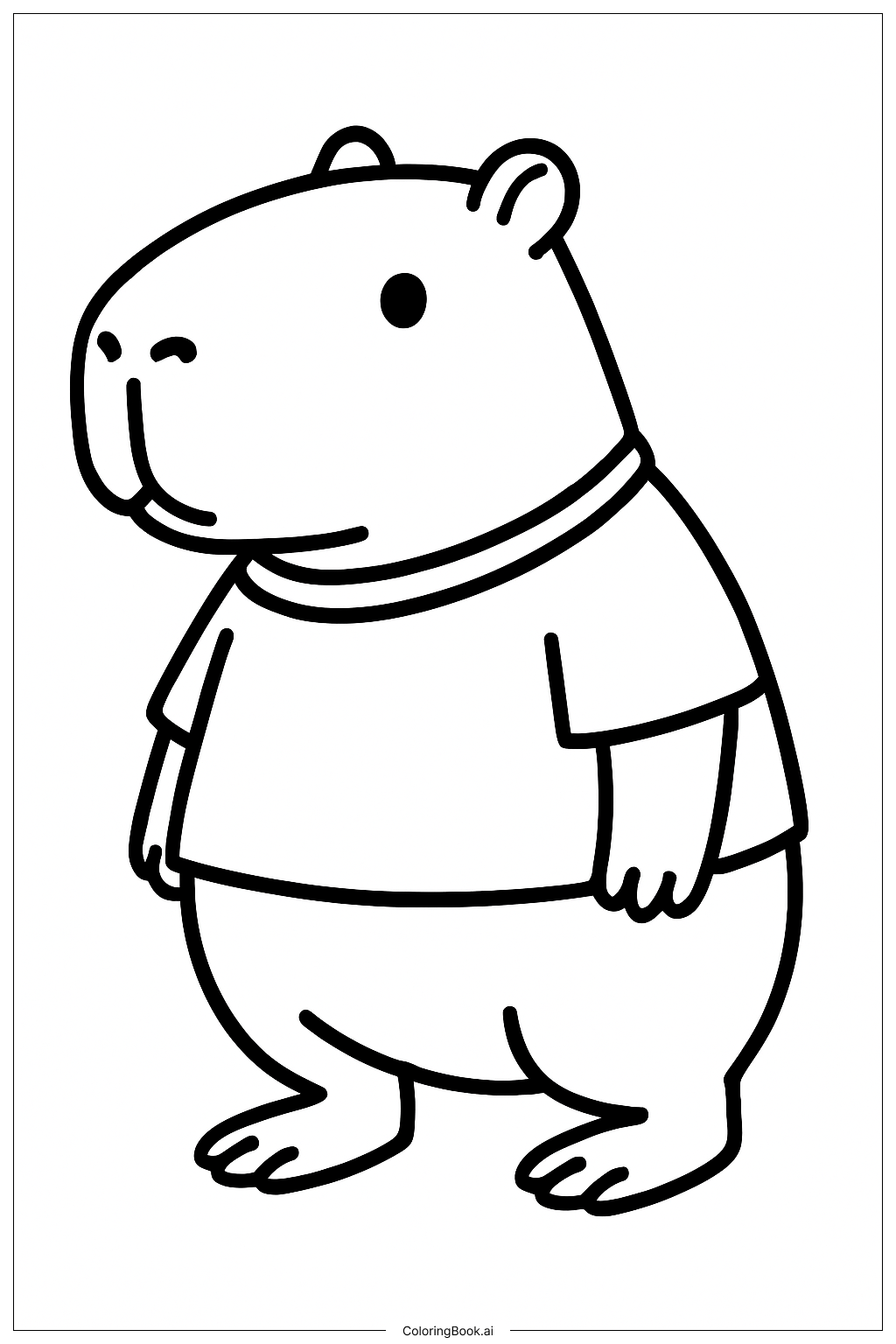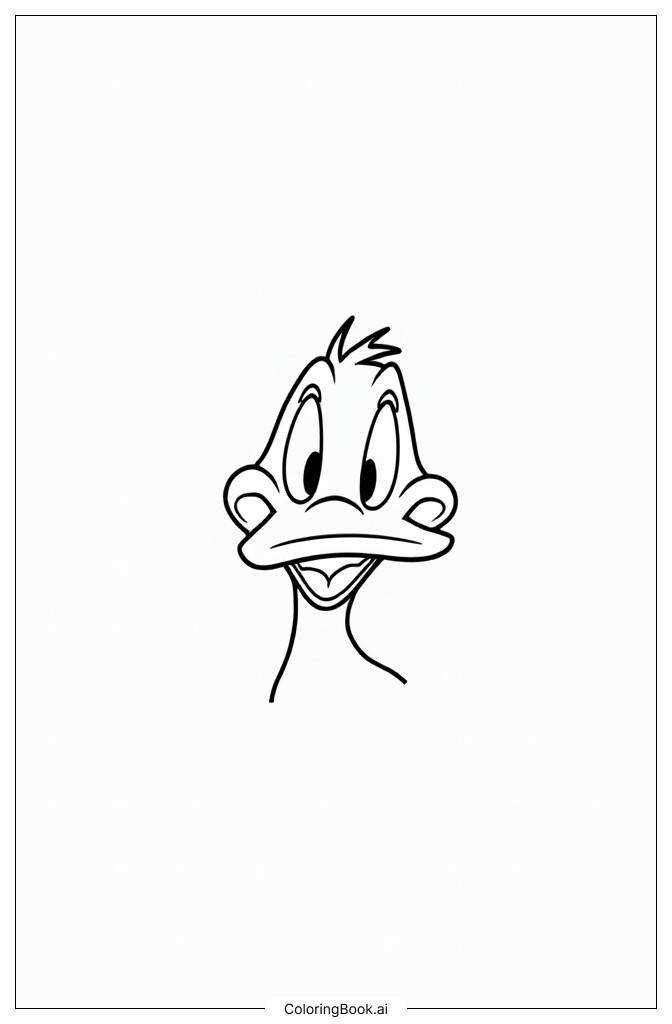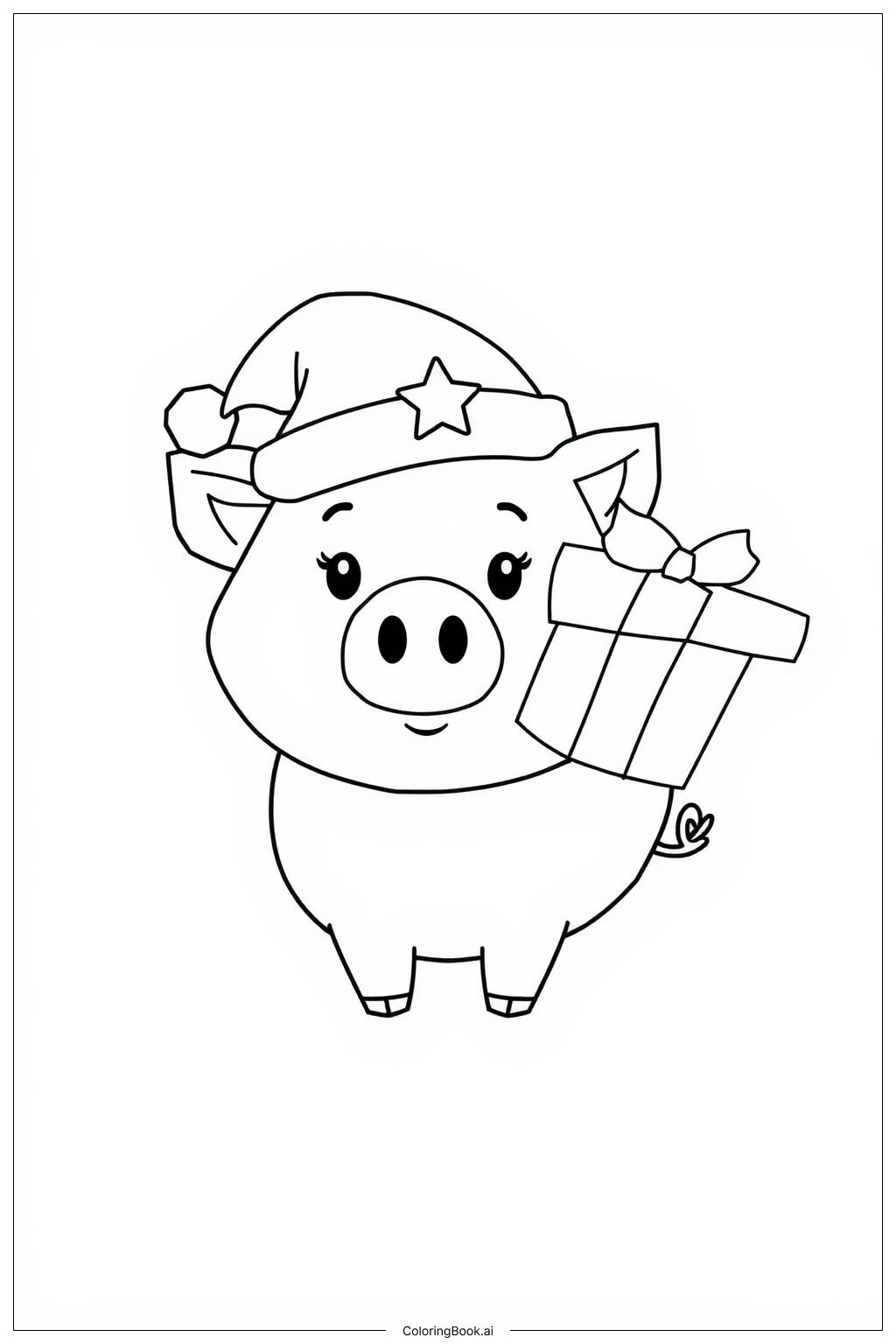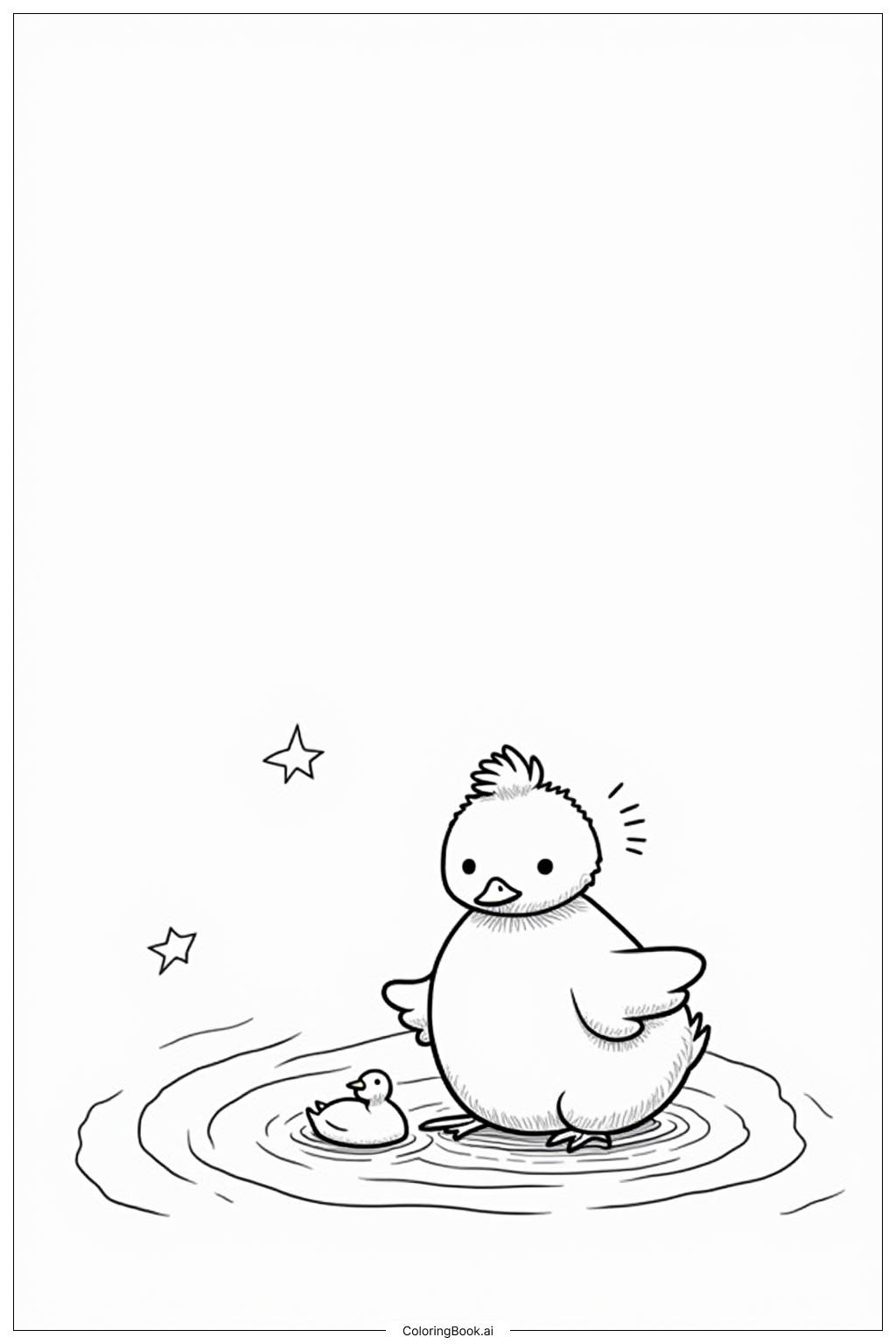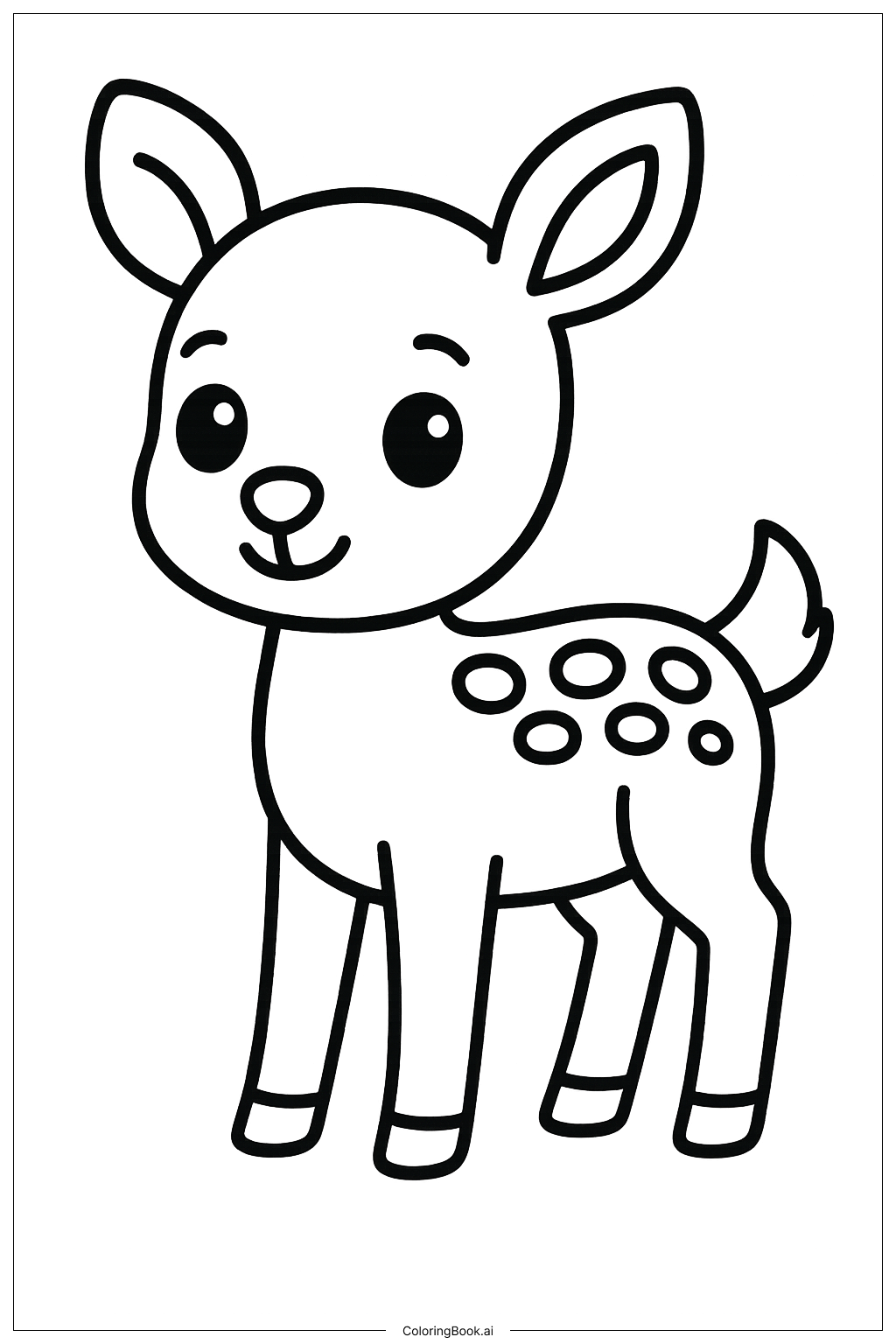Coloring tips: How to color Capybara In A Puddle coloring page well?
For this image, you could use soft browns or tans to color the capybara's body, as these are natural colors for this animal. Use a lighter or darker shade to add some shadows or texture to the fur. For the puddle, try using shades of blue with touches of gray or white to show the water's reflection. You can add some green around the puddle to suggest grass or plants. Use smooth, even strokes to fill the shapes and try to stay inside the lines to make your picture neat. Feel free to add your own colorful background if you want to make the scene more lively.
Coloring challenges: Which parts are difficult to color and need attention for Capybara In A Puddle coloring page?
1. Large open areas - The capybara's body and the puddle have big spaces to color, which can be challenging to fill evenly. 2. Staying inside the lines - The simple outlines still require careful coloring to avoid going outside, especially around the capybara's legs and face. 3. Choosing colors - Picking realistic colors that look good together may be tricky for some kids. 4. Adding shadows - To make the capybara look three-dimensional, some shading can be added, which needs a bit of skill. 5. Water effects - Coloring the puddle to look like water with reflections might be hard for beginners.
Benefits of coloring books: Advantages of drawing Capybara In A Puddle coloring page
Coloring this capybara picture helps kids practice fine motor skills by controlling crayons or markers within the lines. It encourages creativity when choosing colors and experimenting with shading. Focusing on this image can improve attention to detail and patience. Adding color to the water and animal also helps children understand nature better. Overall, it is a fun activity that combines art with learning about animals and the environment.
